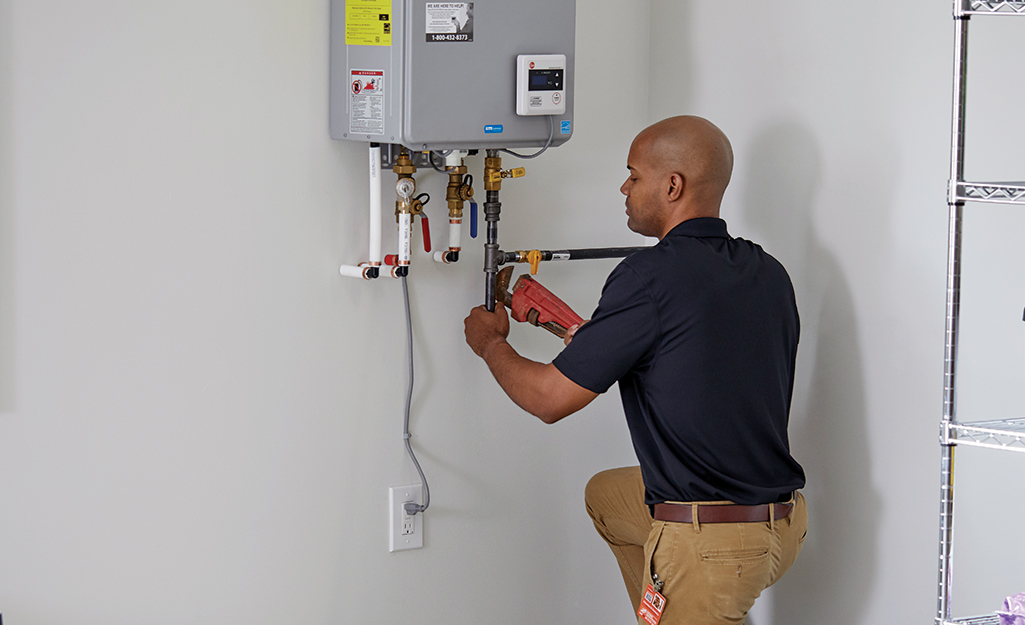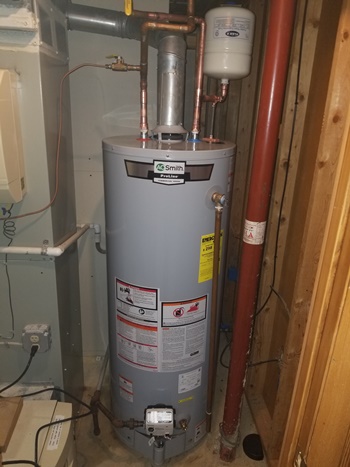Expert Guidance for Caring for Your Home's Hot Water System
Expert Guidance for Caring for Your Home's Hot Water System
Blog Article
Almost everyone may have their own unique assumption on the subject of How to Maintain a Hot Water Heater in a Few Simple Steps.

Warm water is vital for daily convenience, whether it's for a refreshing shower or cleaning recipes. To guarantee your warm water system runs effectively and lasts much longer, routine maintenance is essential. This write-up gives useful pointers and insights on exactly how to keep your home's hot water system to prevent disruptions and pricey repair work.
Intro
Maintaining your home's warm water system might seem difficult, yet with a few straightforward steps, you can guarantee it operates smoothly for several years to come. This overview covers everything from comprehending your hot water system to do it yourself maintenance ideas and knowing when to employ professional assistance.
Importance of Keeping Your Hot Water System
Normal upkeep not only prolongs the lifespan of your hot water system but likewise guarantees it operates successfully. Neglecting maintenance can result in reduced effectiveness, greater power costs, and also early failure of the system.
Indications Your Warm Water System Demands Upkeep
Recognizing when your warm water system requires attention can protect against significant concerns. Look out for signs such as inconsistent water temperature, strange noises from the heater, or corroded water.
Flushing the Hot Water Heater
Flushing your hot water heater removes sediment build-up, boosting efficiency and prolonging its life.
Checking and Replacing Anode Rods
Anode poles protect against corrosion inside the container. Checking and replacing them when worn is important.
Complicated Problems Needing Specialist Aid
Instances consist of significant leaks, electrical problems, or if your water heater is consistently underperforming.
Routine Professional Maintenance Advantages
Expert maintenance can include complete inspections, tune-ups, and guaranteeing compliance with safety and security standards.
Inspecting and Adjusting Temperature Level Setups
Readjusting the temperature settings makes certain ideal performance and safety and security.
Do It Yourself Tips for Maintenance
You can execute several upkeep tasks on your own to keep your hot water system in leading condition.
Looking for Leaks
Routinely evaluate pipelines and connections for leakages, as these can result in water damages and higher expenses.
Understanding Your Warm Water System
Before diving right into maintenance jobs, it's valuable to understand the standard parts of your hot water system. Commonly, this includes the water heater itself, pipes, anode poles, and temperature controls.
Monthly Maintenance Tasks
Routine monthly checks can aid catch small problems before they intensify.
Evaluating Stress Relief Valves
Checking the pressure safety valve guarantees it works appropriately and protects against excessive stress buildup.
Protecting Pipelines
Insulating warm water pipelines lowers heat loss and can conserve power.
When to Call a Professional
While do it yourself maintenance is helpful, some issues call for professional proficiency.
Verdict
Regular maintenance of your home's hot water system is necessary for effectiveness, durability, and price savings. By complying with these pointers and knowing when to seek expert aid, you can make sure a reliable supply of hot water without unforeseen disturbances.
How to Maintain an Instant Hot Water Heater
Before tinkering with your hot water heater, make sure that it’s not powered on. You also have to turn off the main circuit breaker and shut off the main gas line to prevent accidents. Also turn off the water valves connected to your unit to prevent water from flowing into and out of the appliance. 2. When you’re done, you have to detach the purge valves’ caps. These look like the letter “T†and are situated on either side of the water valves. Doing so will release any pressure that has accumulated inside the valves while at the same time avoid hot water from shooting out and burning your skin. 3. When the purge valves’ caps are removed, you have to connect your hosing lines to the valves. Your unit should have come with three hoses but if it didn’t, you can purchase these things from any hardware or home repair shops. You can also get them from retail stores that sell water heating systems. Read the user’s manual and follow it to complete this task properly. When the hosing lines are connected, open the purge port’s valves. 4. You should never use harsh chemical cleaners or solutions when cleaning your unit. Make use of white vinegar instead. It should be undiluted and you’ll probably use about 2 gallons. 5. Now flush your water heater. This task should probably take about 40 minutes. We can’t give you specific directions for this because the procedure is carried out depending on the type, model and brand of your heater. With that being said, refer to the user’s manual. 6. When you’re done draining the unit, you have to turn off the purge port valves again. Remove the hosing lines that you earlier installed on each of the water valves. Put the valve caps (purge port) back in their respective places and be very careful so as not to damage the rubber discs that are found inside these caps. 7. Now that everything’s back in place, check your user’s manual again to find out how to reactivate your water heating system. 8. Once it is working, turn one of your hot water faucets on just to let air pass through the heater’s water supply pipes. Leave the tap on until water flows smoothly out of it. https://www.orrplumbing.com/blog/2014/september/how-to-maintain-an-instant-hot-water-heater/

I ran across that entry on What Kind of Maintenance Do Water Heaters Need? while surfing the search engines. So long as you enjoyed our blog posting kindly don't forget to pass it around. We treasure your readership.
Information Report this page